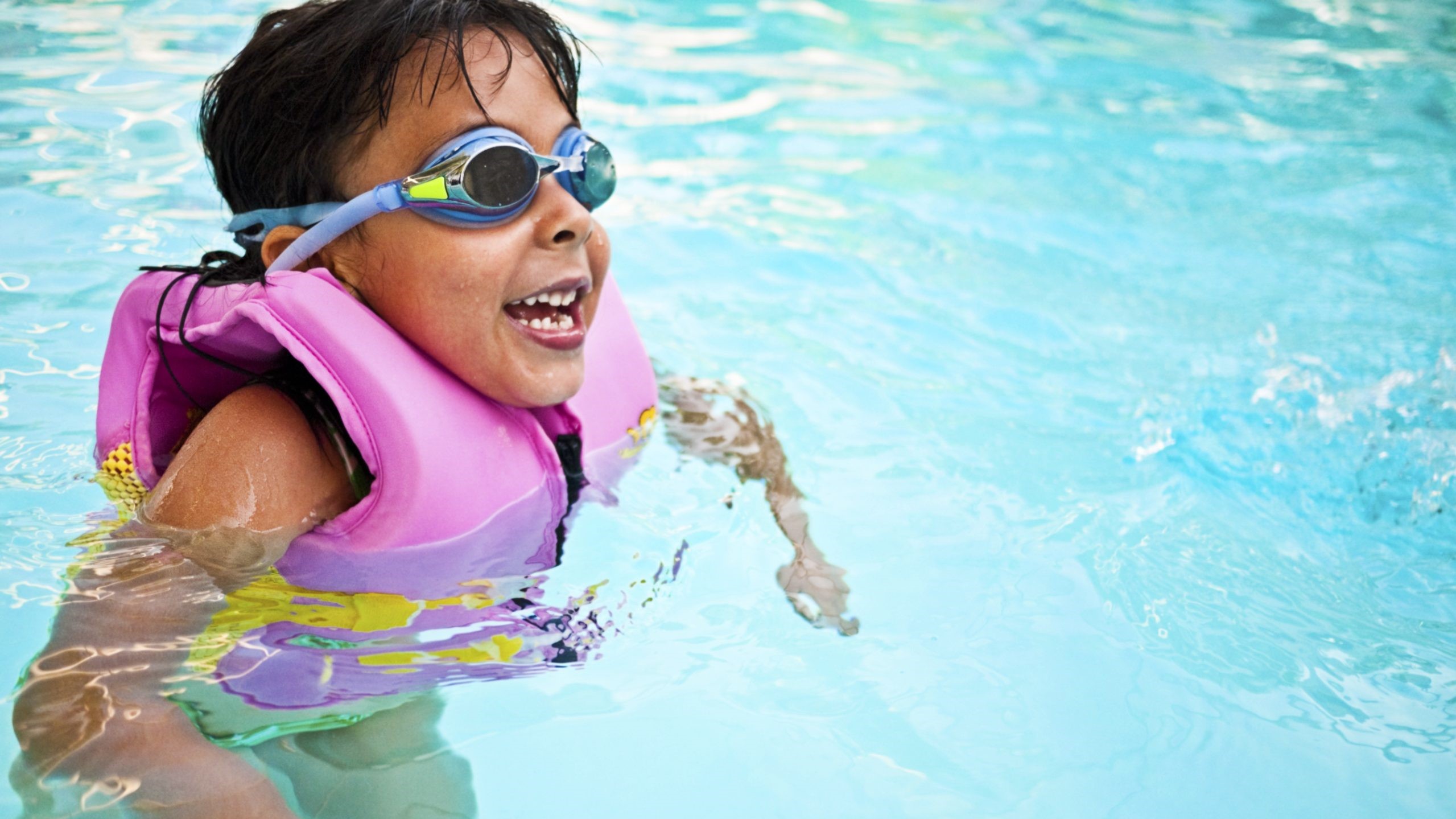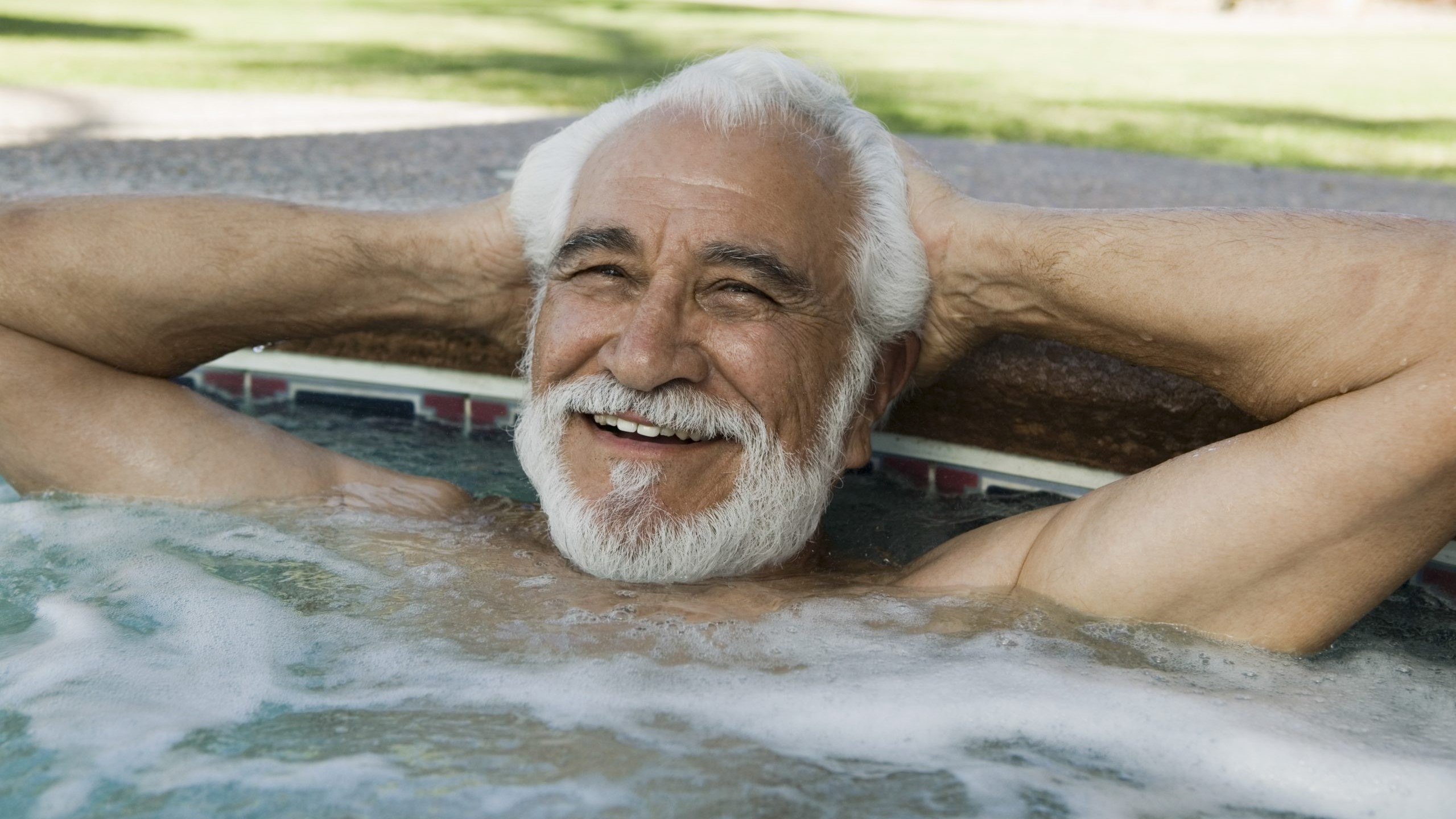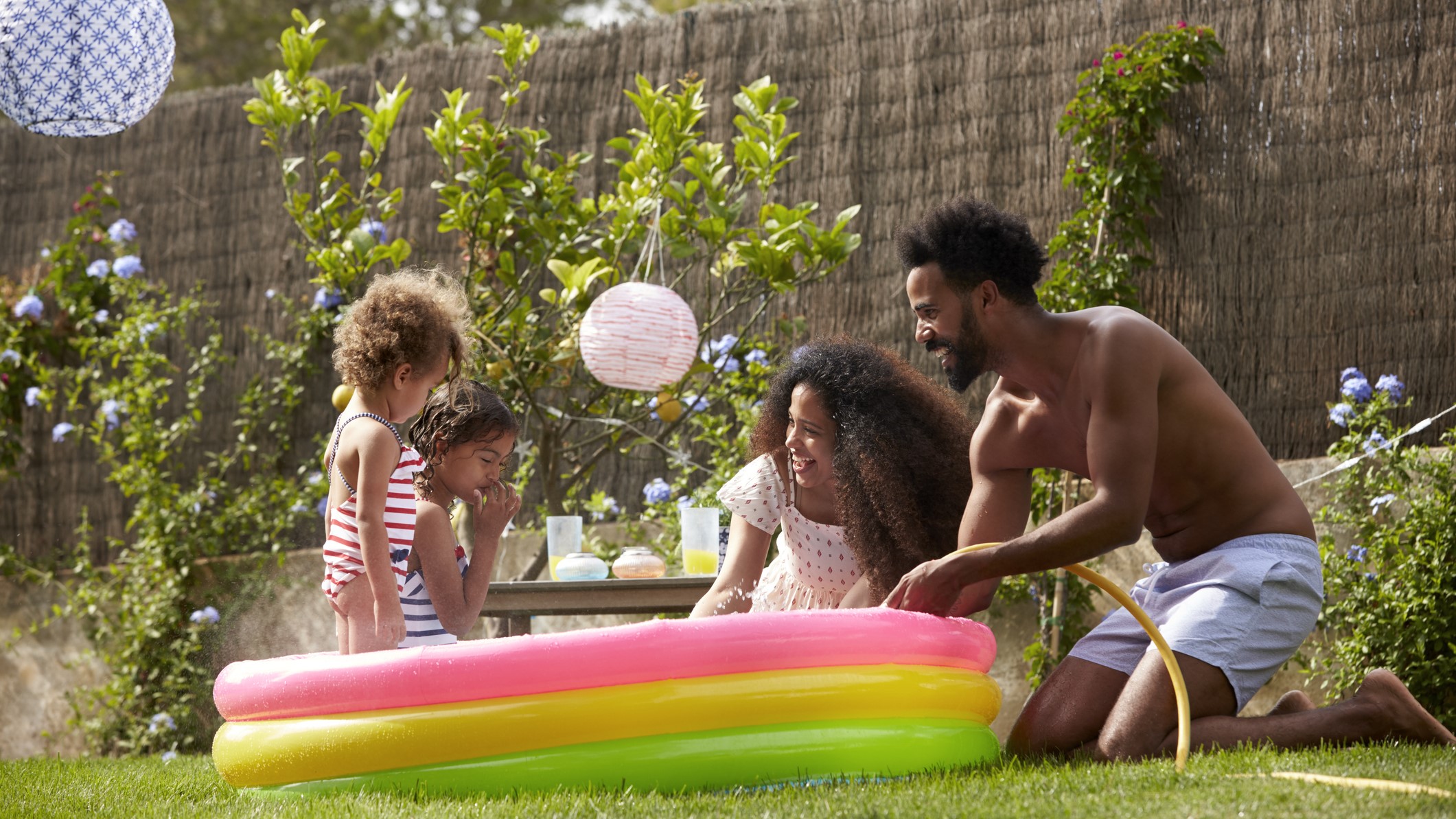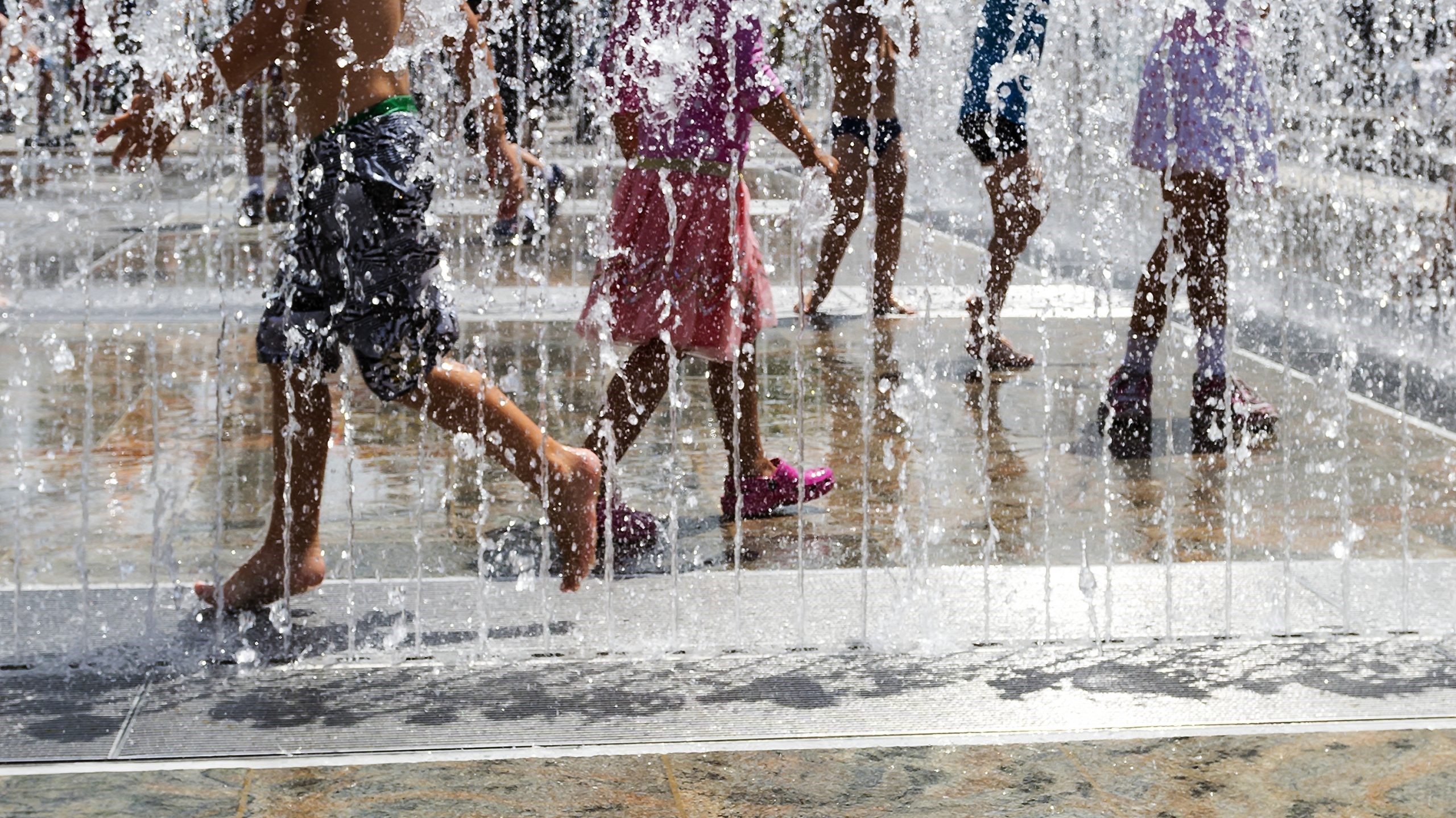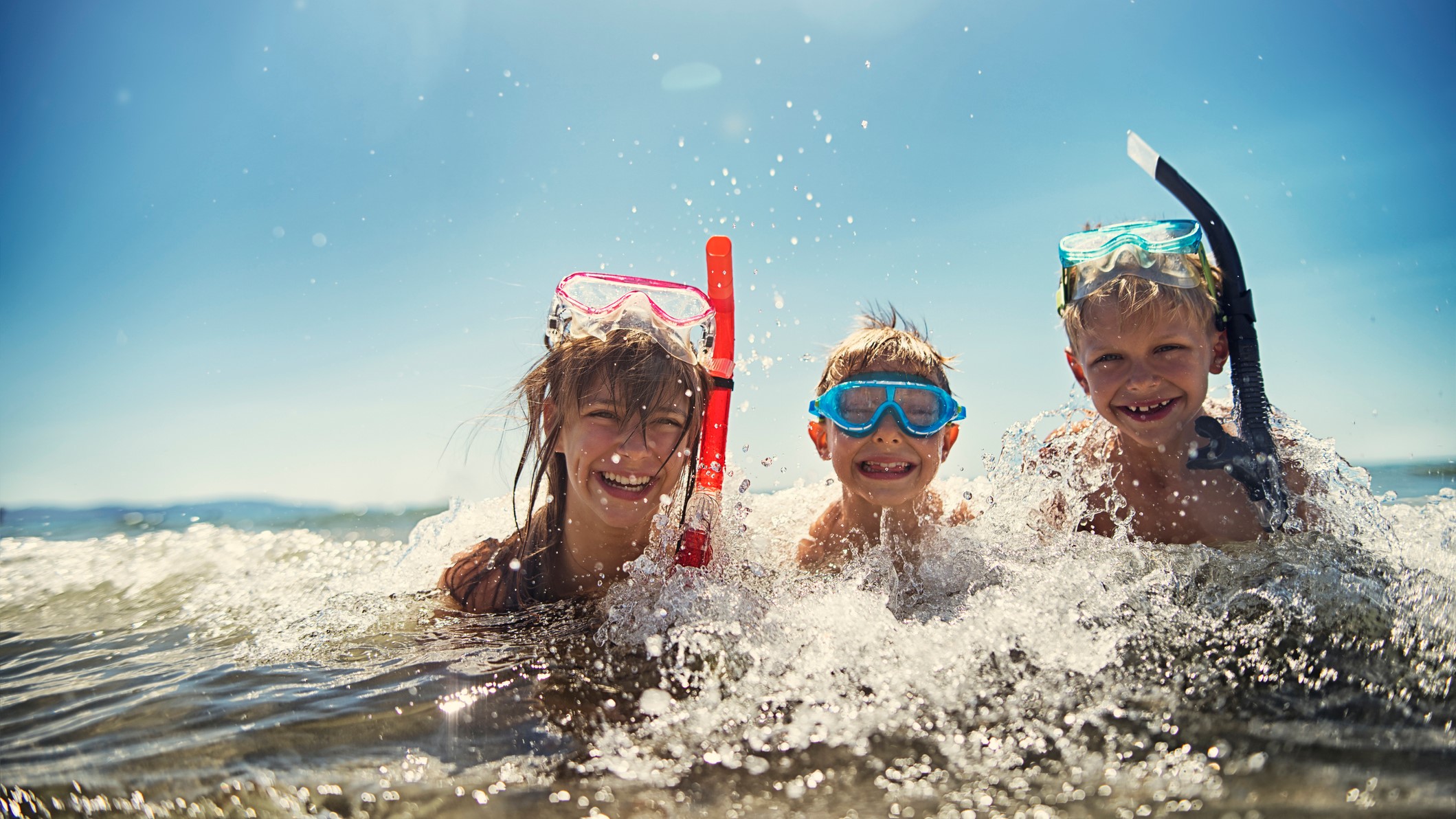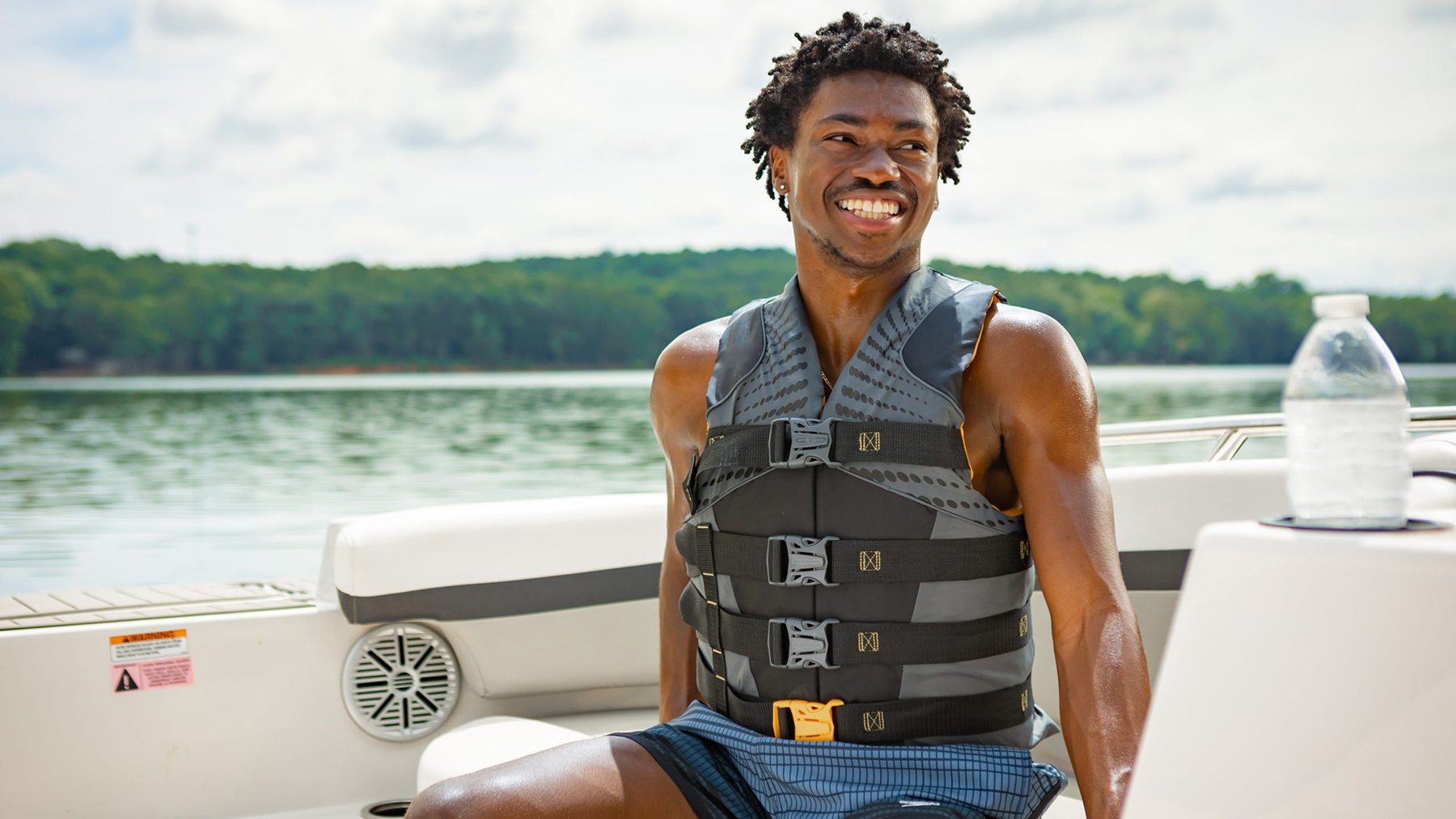What to know
- Swimming is a great activity, but the water can pose risks.
- Learn what you can do to protect yourself and others from swimming-related illnesses and injuries at all type of recreational water venues, like pools, splash pads, and natural bodies of water.
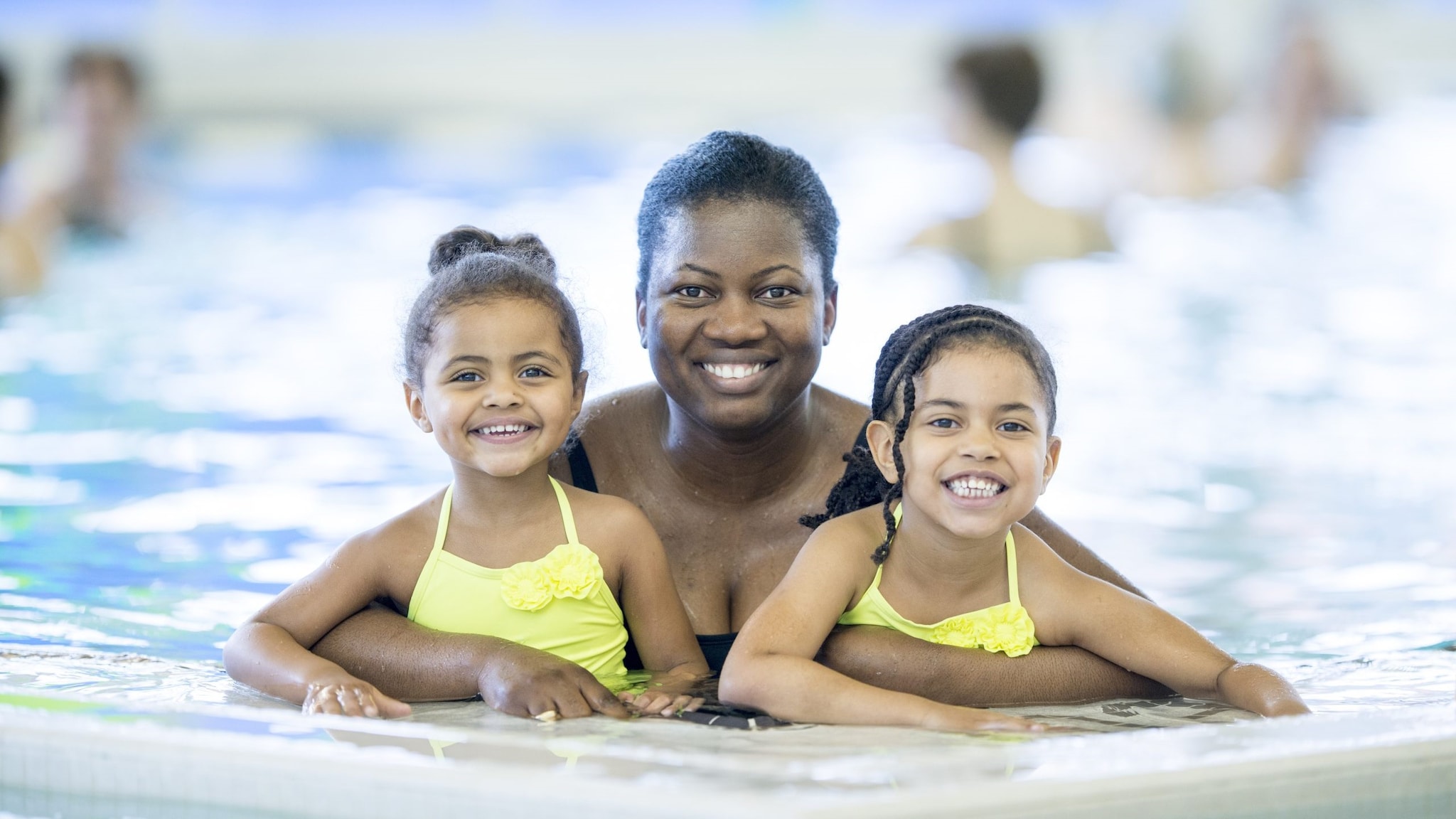
Why it matters
Swimming and other recreational water activities come with health and safety risks, like swimming-related illnesses and drowning.
Swimming-related illnesses are diseases that people can get from germs in the water in which they swim and play. Drowning is the leading cause of death for children aged 1–4 and the second leading cause of unintentional injury death for kids aged 5–14. Natual bodies of water like oceans, lakes, and rivers can come with additional hazards. Knowing the safety and quality of those waters before visiting them is important.
Learning what you can do to reduce the risk of injury and illness from the water you swim and play in can help you and those you care about maximize all of the health benefits that swimming can bring.
Learn more
Guidelines for Keeping Your Pool Safe and Healthy
What You Can Do to Stay Healthy in Hot Tubs
What You Can Do to Stay Healthy in Inflatable and Plastic Kiddie Pools
What You Can Do to Stay Healthy at Splash Pads
How to Safely Visit Oceans, Lakes, and Rivers

